Digital Experiences
Halls of Fame
Thought Leadership
Beyond the Trophy Wall
Creating a Modern Recognition Experience For Your Team’s Fanbase

How sports teams are reimagining legacy spaces to create immersive fan connections
The trophy case has stood as the cornerstone of sports recognition for over a century… a glass-enclosed shrine where championships gleam under carefully angled lights. Walk into any arena, and you’ll find them: rows of silver cups, retired jerseys suspended in time, plaques commemorating historic moments. They’re beautiful, reverent, and increasingly… insufficient.
Today’s fans don’t just want to observe history. They want to step inside it.
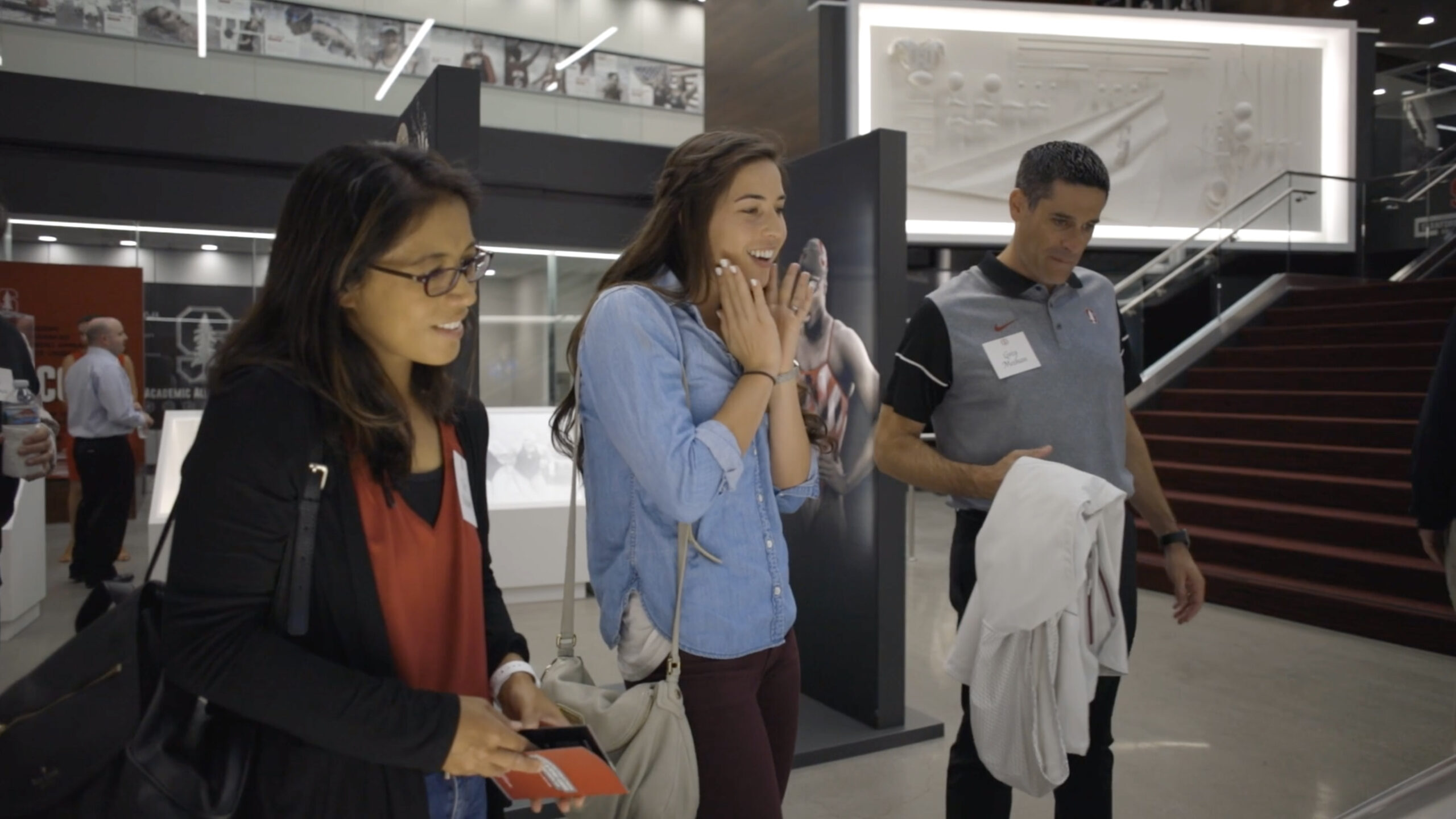
The Recognition Revolution
Sponsor activation is the strategic process of leveraging a sponsorship to create engaging and memorable experiences for a target audience. It involves connecting your sponsorship to marketing touch points and objectives, going far beyond basic logo placement to create multi-dimensional brand experiences.
Sports sponsorship activation refers to the process of leveraging a sports sponsorship to create brand awareness, drive engagement, and achieve marketing objectives through various marketing initiatives and strategies. These initiatives can include experiential marketing events, social media campaigns, product integration, athlete endorsements, and interactive fan experiences.
Sponsorship activations look different depending on whether you’re on the team side or the sponsor side. To see the top priorities and tips for each, visit rethinksponsorships.com.
Integration, Not Replacement
We’ve seen the most successful recognition experiences embrace a both/and philosophy. The physical artifacts provide authenticity and emotional weight that digital alone can never replicate. Digital integration provides context, accessibility, and personalization that transform passive observation into active engagement.
Consider the modern trophy wall reimagined:
Layer One: The Physical Foundation
The actual championship trophy sits in its place of honor, lit with the same reverence as always. But now, discrete markers indicate there’s more to discover.

Layer Two: Digital Depth
Fans point their phones at the trophy to unlock a portal: game footage from the championship-clinching moment, coach interviews from the locker room celebration, a 360-degree view that lets them examine every engraving and detail. They can hear the arena’s roar, see the confetti fall, feel the weight of that victory.
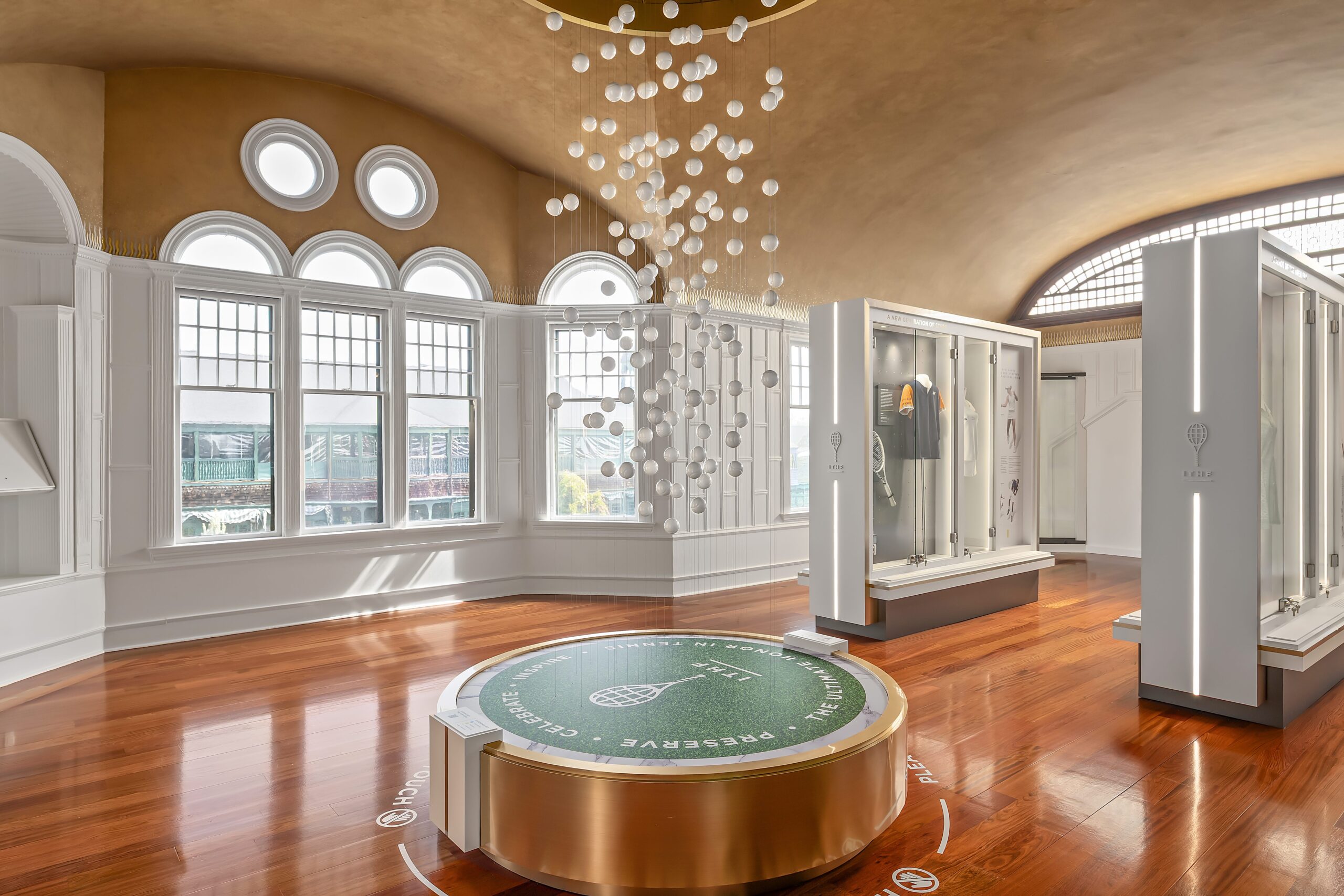
Layer Three: Personal Connection
The experience remembers them. Season ticket holders see their seats highlighted in the championship footage. Fans can explore where they were when the team won (perhaps they were in the building? perhaps watching at home?) and add their own memories to a collective story.
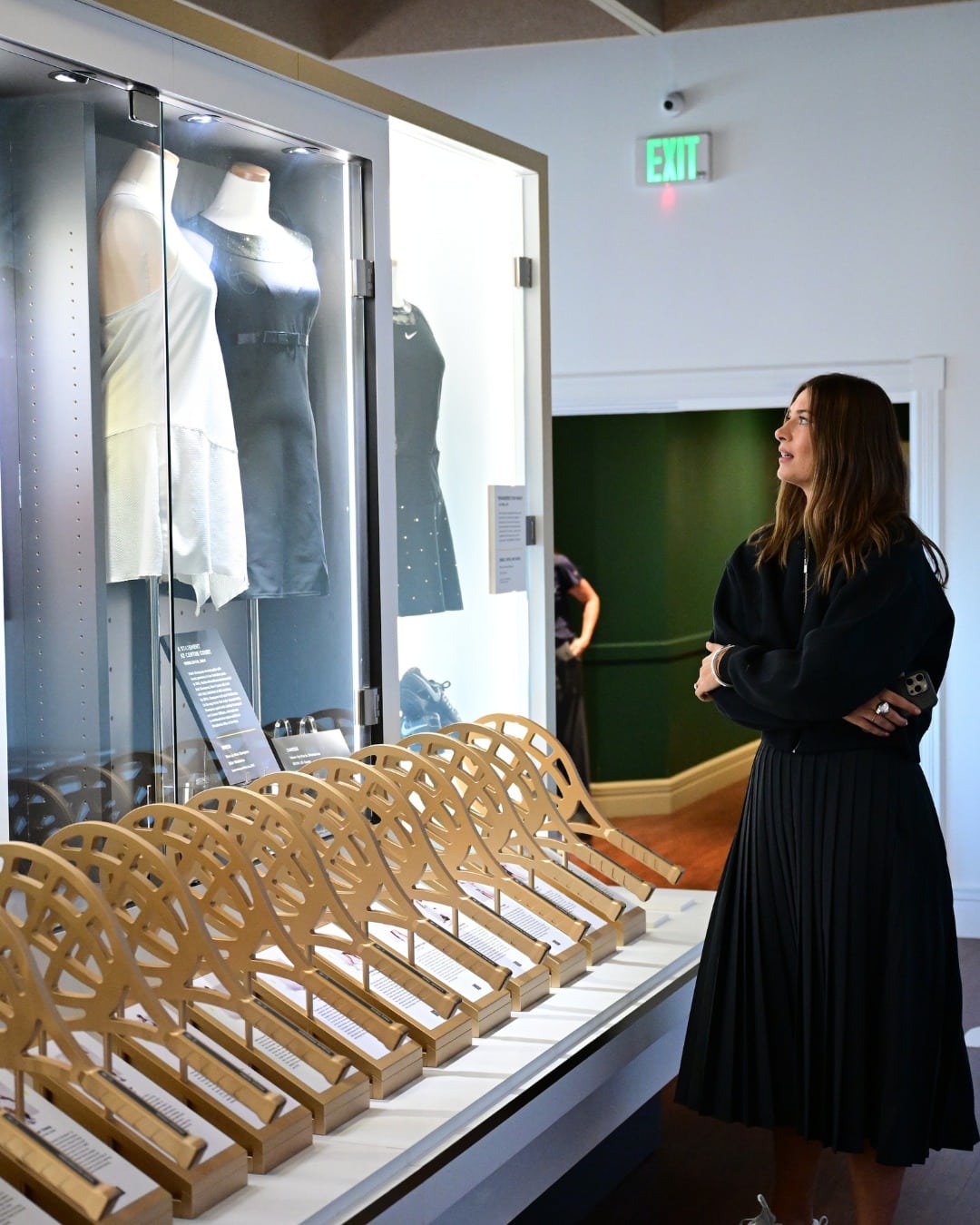
The Accessibility Imperative
Here’s what traditional recognition often misses: not every fan can get to the trophy room. Budget constraints, geographical distance, mobility limitations, countless barriers separate passionate supporters from the physical spaces where history lives.
Digital integration democratizes access. A fan in another country can experience your legacy space through virtual tours. A young supporter who can’t travel yet can explore every championship banner from their bedroom. Alumni reliving their playing days can revisit the locker room where they prepared for the biggest games of their lives.
This isn’t about creating a substitute experience. It’s about ensuring your recognition of history reaches everyone who helped create it, regardless of their circumstances.
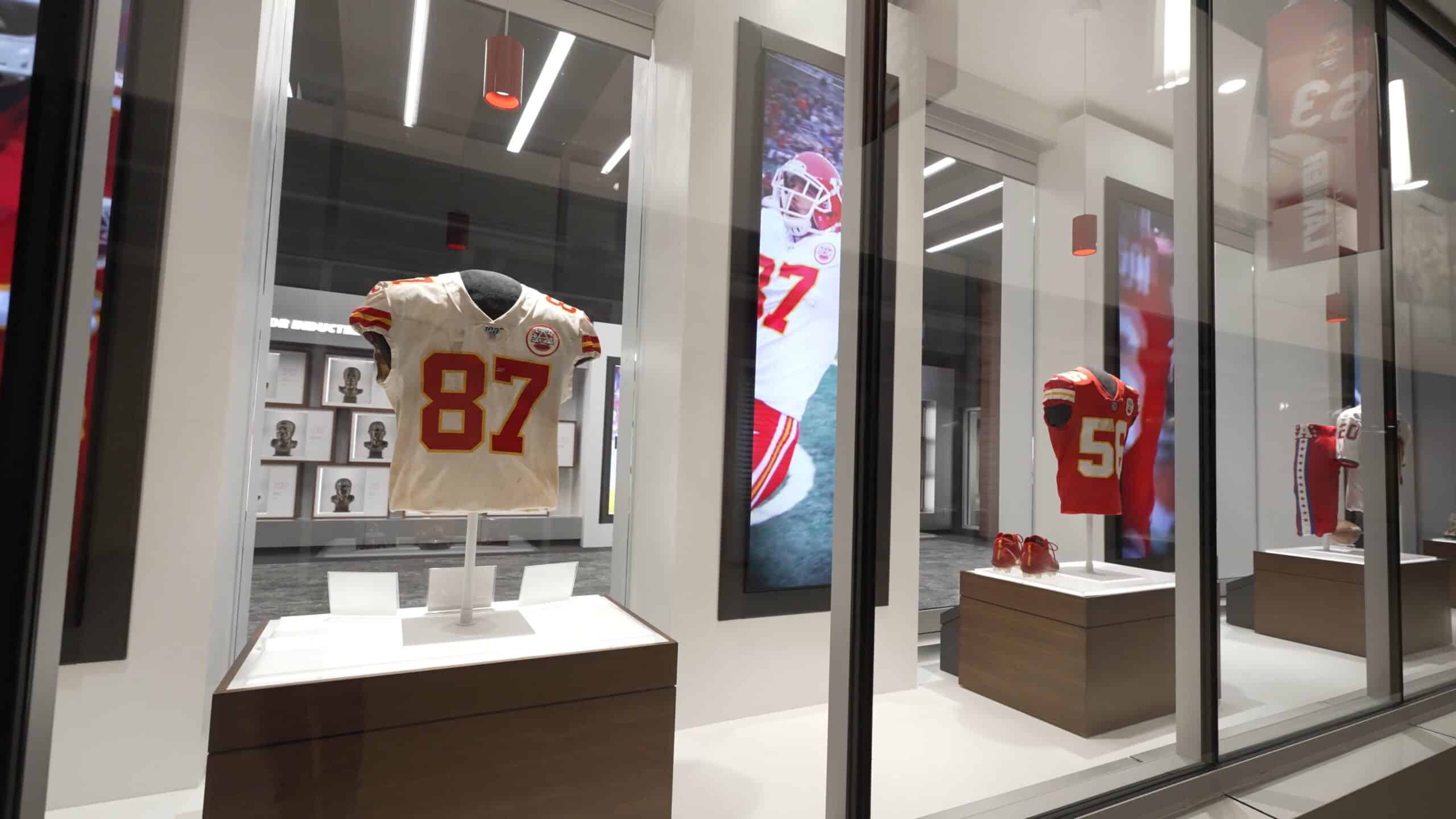
Data Tells the Story
The metrics confirm what instinct suggests. When organizations implement integrated recognition experiences, engagement doesn’t just increase; it transforms:
- Dwell time in legacy spaces increases by multiples, not percentages
- Social sharing of historical content explodes as fans discover shareable moments
- Merchandise sales of throwback and heritage items consistently spike
- Most telling: fans return repeatedly, discovering new layers each visit
The trophy wall that visitors walked past in ninety seconds becomes a fifteen-minute destination. The retired jersey they glanced at becomes a story they share with friends.
Building Multi-Generational Bridges
Perhaps the most powerful aspect of modern recognition experiences is their ability to connect generations. Grandparents can share their memories of championships past while experiencing them through new lenses. Parents introduce their children to team legends through interactive storytelling that makes history feel immediate and relevant.
A well-designed system lets older fans contribute their perspectives (recording memories, sharing ticket stubs, uploading photos) from decades past. These personal artifacts become part of the official record, validating the role fans play in a team’s story while creating richer, more complete historical narratives.
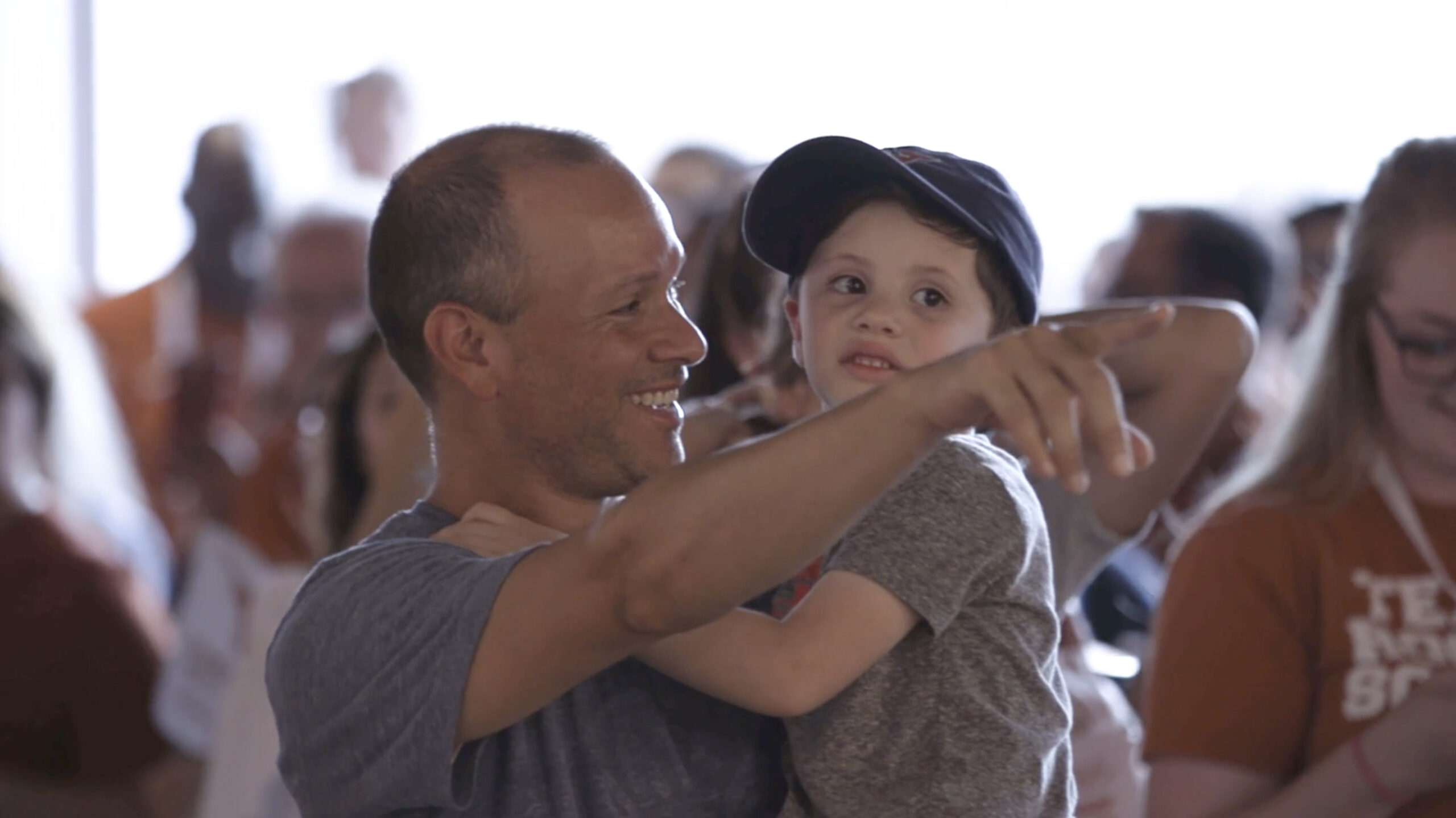
The Technology Fade
The best integrated experiences don’t feel technological. The hardware fades into the background; the story moves to the foreground. Fans aren’t thinking “wow, cool AR app” they’re thinking “I can’t believe I’m standing where the championship was won.”
This requires thoughtful design. QR codes shouldn’t clutter beautiful displays. App downloads shouldn’t create friction. The technology should feel inevitable, invisible, intuitive; a natural extension of the experience rather than an interruption of it. Recognized in Forbes, The International Tennis Hall of Fame is an example of how to seamlessly blend digital moments into the space to encourage visitors to interact rather than inconvenience them during their experience.
Beyond Nostalgia: Recognition as Motivation
Modern recognition experiences do more than celebrate what was, they inspire what’s next. When fans see the complete story of how championships were built, they understand the dedication, preparation, and incremental progress required. History becomes not just a source of pride but a roadmap for future success.
Teams can highlight the journey alongside the destination: the practice sessions, the setbacks overcome, the culture that enabled greatness. This transparency makes success feel achievable rather than mystical, strengthening the bond between fans and the current roster working toward the next chapter.
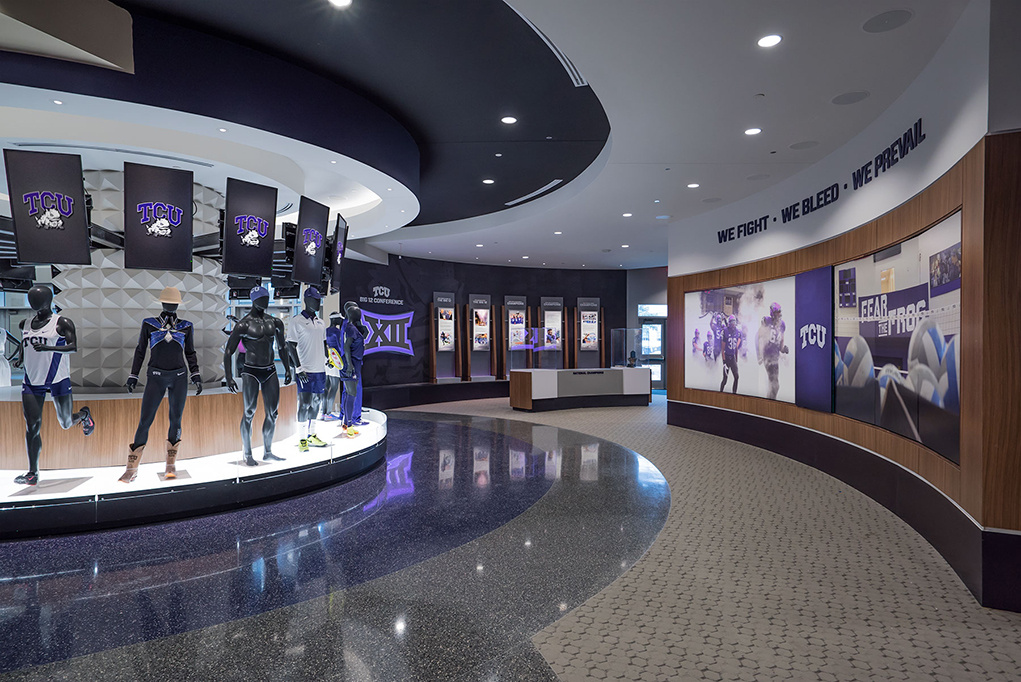
The Implementation Reality
Creating these experiences requires rethinking traditional approaches to recognition. It demands collaboration between departments that don’t always speak the same language, operations, marketing, content, technology, and historical preservation all need seats at the table.
The investment is real. But so is the return. Recognition spaces become destinations rather than afterthoughts. They drive ticket sales, enhance game-day experiences, create content that fuels year-round engagement, and differentiate organizations in an increasingly competitive entertainment landscape.
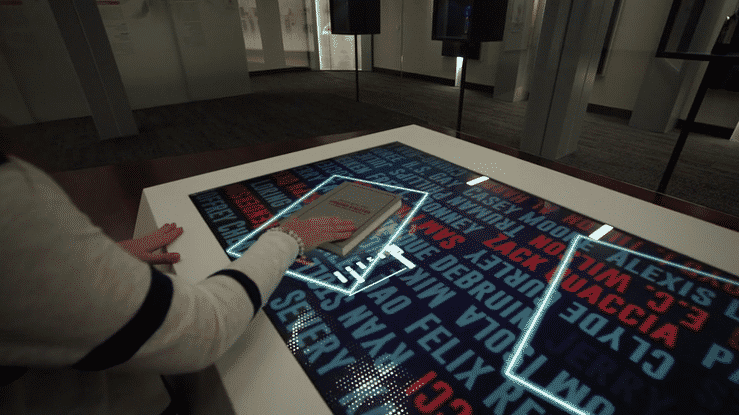
Looking Forward
The trophy wall isn’t dying, it’s evolving. The next generation of recognition experiences will continue pushing boundaries: volumetric video that lets fans stand alongside championship teams in virtual space, AI-powered systems that create personalized historical journeys based on individual fan profiles, haptic feedback that lets people “feel” the weight of trophies they can’t physically touch.
But the core principle remains constant: recognition matters most when it creates connection. The teams that embrace this reality, that honor their history while making it accessible, interactive, and personally meaningful, will forge deeper bonds with supporters and create experiences that transcend the limitations of traditional display.
The question isn’t whether to modernize recognition. It’s whether you’ll lead the evolution or watch others define it.

Will Roberson
Director of Client Engagement | “Client Champion”
At Advent, we specialize in creating integrated fan experiences that honor legacy while embracing innovation. Our team combines expertise in physical design, digital integration, and sports culture to build recognition spaces that move people; emotionally, physically, and digitally. Let’s create your next chapter together.